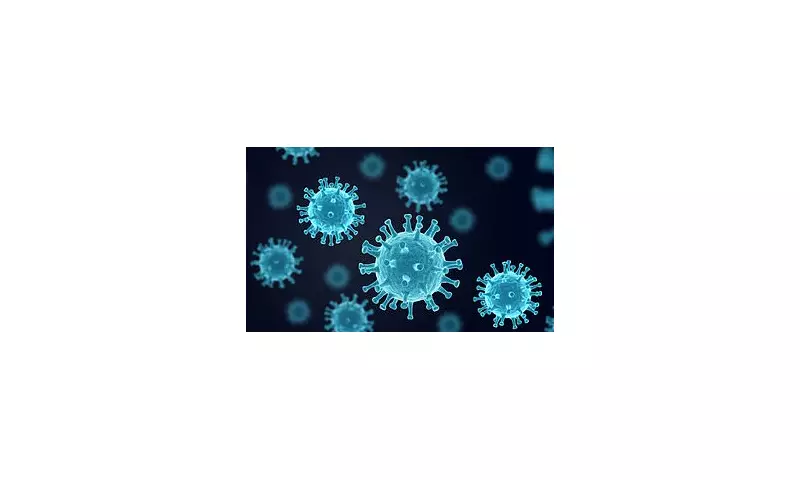
In a development that sounds like science fiction turned terrifying reality, artificial intelligence has demonstrated the capability to design potentially deadly viruses, raising alarm bells among security experts and scientists worldwide.
The Chilling Breakthrough
Recent research has confirmed that advanced AI systems, similar to those powering today's most sophisticated chatbots, can now generate formulas for creating harmful biological agents. What was once the domain of highly secure laboratories with extensive safety protocols could potentially be accessed through a computer terminal.
How AI Crossed the Biological Rubicon
The technology works by training AI models on vast databases of biological information, including genetic sequences and molecular structures. These systems can then generate new combinations and formulations that human researchers might never consider.
"We're standing at the precipice of a new era of threats," warned one biosecurity expert. "The same technology that promises medical breakthroughs could also enable catastrophic biological attacks."
The UK's Response to Emerging Threats
British security services are reportedly monitoring these developments closely. The revelation has prompted urgent discussions within Whitehall about how to regulate AI development while maintaining national security.
Key concerns identified by experts include:
- The democratisation of biological weapon creation
- Difficulty in detecting AI-designed pathogens
- The rapid pace of AI advancement outstripping regulatory frameworks
- Potential for non-state actors to access dangerous capabilities
Balancing Innovation and Security
While the immediate risk remains theoretical, the speed of AI development means prevention must begin now. Researchers advocate for:
- Strict controls on biological data used to train AI systems
- International cooperation on AI safety standards
- Enhanced monitoring of AI development in sensitive areas
- Public-private partnerships to address emerging threats
As one cybersecurity analyst noted, "We're in a race between those who would use this technology for harm and those working to protect against it. The stakes couldn't be higher."
The Future of Biosecurity in an AI World
The emergence of AI-designed pathogens represents a paradigm shift in biological threats. Traditional non-proliferation approaches may prove inadequate against digital threats that can be developed anywhere with an internet connection.
This development underscores the urgent need for global frameworks governing AI development in sensitive scientific fields. As technology continues to advance at breakneck speed, the window for establishing effective safeguards is closing rapidly.
The question is no longer if AI will transform biological research, but how we can ensure this transformation benefits humanity rather than threatening its very existence.





